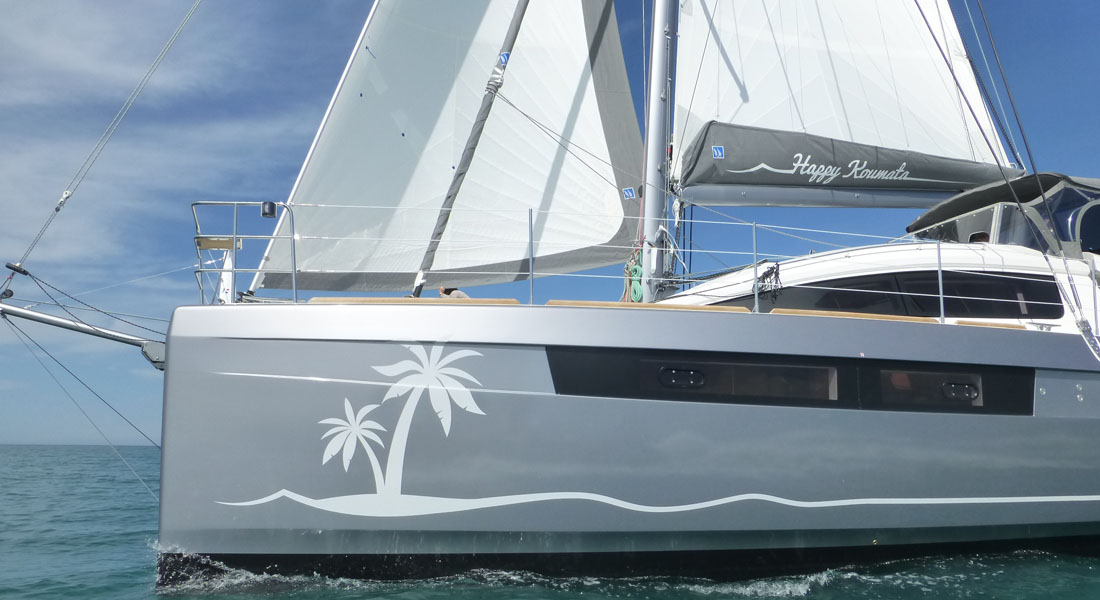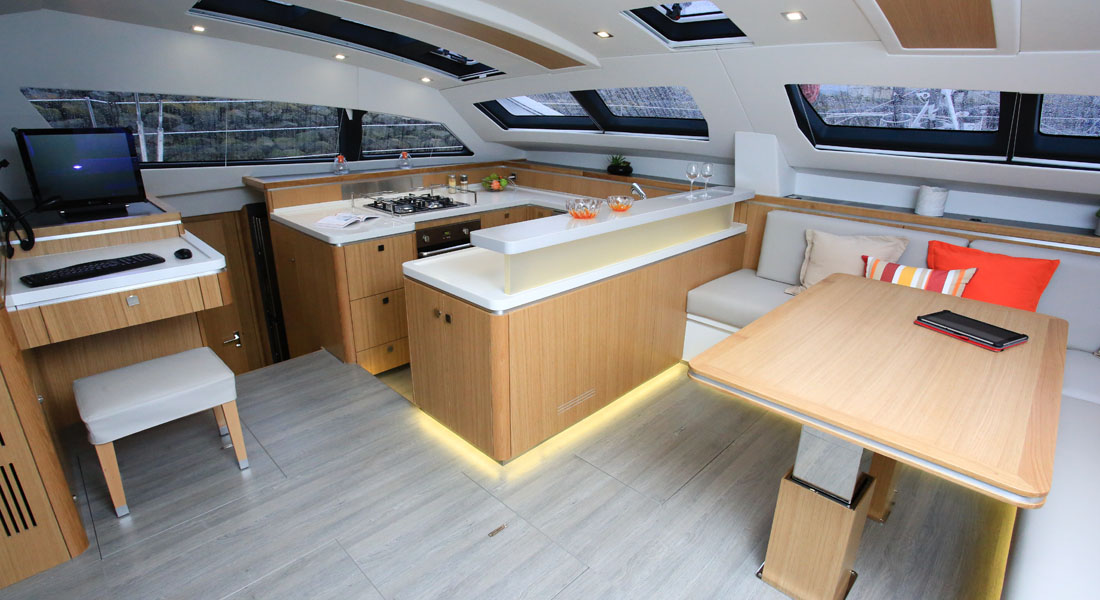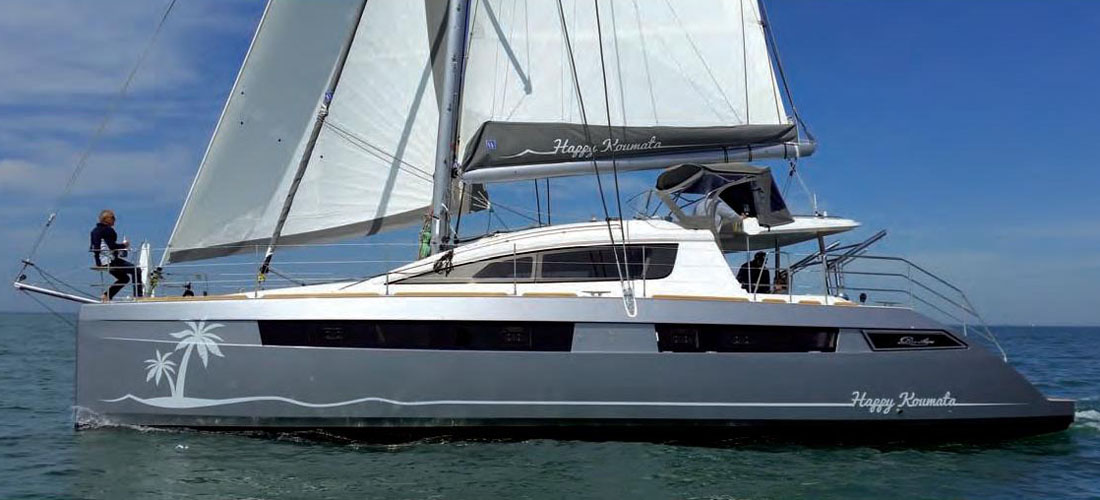- Alaskan Yachts
- Azimut Yachts
- Back Cove Yachts
- Beneteau Yachts
- Benetti Superyachts
- Bertram Yachts
- Boston Whaler
- Broward Yachts
- Buddy Davis Sportfish
- Burger Yachts
- Cabo Yachts
- Catamarans
- Carver Motoryachts
- Center Console
- Chris-Craft Yachts
- Cruisers Yachts
- DeFever Trawlers
- Dufour Sailboats
- Fairline Yachts
- Feadship Yachts
- Ferretti Yachts
- Formula Yachts
- Fountaine Pajot Cats
- Grady-White
- Grand Banks Trawlers
- Hargrave Yachts
- Hatteras Yachts
- Hinckley Picnic Boats
- Horizon Yachts
- Hydra-Sports
- Intrepid Boats
- Jarrett Bay Sportfish
- Jeanneau Yachts
- Kadey-Krogen Trawlers
- Lazzara Yachts
- Luhrs Sportfish
- Marlow Yachts
- Maritimo Yachts
- Marquis Yachts
- McKinna Motoryachts
- Meridian Yachts
- Midnight Express
- MJM Yachts
- Mochi Craft
- Neptunus Motoryachts
- Nordhavn Trawlers
- Nordic Tugs
- Ocean Alexander Yachts
- Offshore Yachts
- Outer Reef
- Oyster Sailing Yachts
- Pacific Mariner Yachts
- Palmer Johnson Yachts
- Pershing Yachts
Review: Privilege Series 5: A Real Privilege to Sail
August 16, 2016 8:37 am
The following review of the new Privilege Series 5 catamaran appeared in Multihulls World:
By Philippe Echelle
With a deserved reputation and strong values, Privilège Marine is using its know-how across completely restyled models and is showing new creativity. We took the opportunity for a test sail aboard “Happy Koumata,” one of the first Series 5s, when she stopped over in Marseilles on the way to beginning a round-the-world trip.
The Séries 5, successor to the 515
At 50 feet, the 515, confirmed a major evolution at Privilège Marine, already experienced with larger models. The commercial career of this catamaran was unfortunately interrupted by problems at the yard. The new Série 5 revisits this promising start, modified by the Lombard design team (the waterline length has been slightly increased, the sail area is bigger and the deck layout improved). The new interior design is by Franck Darnet, whose influence is to be found on many French multihulls.
Lines redrawn to suit bluewater cruising
Marc Lombard’s reworked hull aims to achieve an overall balance in all conditions, anticipating that these comfortable and fun craft will be doing some long passagemaking. The behavior of a 21-ton vessel fully stocked and well-equipped such as our test boat must remain consistent under load: with this in mind, the Lombard team has created fairly deep, wide U-sections for good buoyancy, and a progressive increase in volume back to the step (the waterline is around 15 cm below the rib frame).

The bows are fine-entry and the lengthened arches of the new sugar-scoops produce fine wakes. The Lombard-designed skegs are fairly short, fine and deep for good performance while minimizing the whetted area. Our test boat, “Happy Koumata,” was fully loaded and ready for her forthcoming voyage.
A fully mastered build process
The hand lamination process has been abandoned, and the S5 is now built using infusion. The outer half-hulls, the nacelle and the inner half-hulls are dry-prepared in molds that have already been gel-coated: the directional glass cloth carefully applied using Divinycell foam for the sandwich, before being vacuum-infused with polyvinylester resin. Monolithic materials are used for through-hull skin fittings, grounding plates and so on.
The skegs are structurally isolated from the rest of the vessel, and impact zones are the subject of particular attention, with crash boxes preventing the ingress of water forward and flooding of the engine compartments in the event of sudden impact. The interior joinery by the Vendéen yard remains true to its reputation for excellence, and rigorous attention has been paid to the installation of the technical systems.
“Happy Koumata,” an elegant cruising catamaran
In her beautiful metallic gray livery (a film covering, applied straight onto the original gelcoat), the Série 5 gives an impression of quiet strength. The superstructure created by Philippe Jeantot and Guy Ribadeau Dumas on this 14.7 meter platform is reminiscent of that of its predecessor.
This distinguishing structure significantly reinforces the forward beam and streamlines anchoring while creating an enviable increase in interior volume that the French yard had always wanted to maintain. A little wave-piercing skeg has been fitted below to diminish slamming from the most aggressive waves.

The straight, vertical bows overhang the start of the step, which runs all the way to the aft, which is lengthened by the practical sugar-scoops for access from either the dock or the dinghy. A superb stainless handrail ensures that this tricky area is completely safe, with three rows of guard wires enclosing the entire platform, bringing the security you need for long-term sailing.
The edge of the deck is hemmed by a nice teak toe-rail showing a slight sheer, and the dipped longitudinal section in the topsides breaks the straightness of the panel and houses the plexiglass light-wells, which have integrated opening hatches.
The sloping appearance to the coachroof is pleasing, enhanced by the design work that has gone into the forward and lateral windshields. The lacquered gray Maréchal mast completes the picture of an accomplished model.
A sophisticated cockpit
The S5 already has the complete cockpit layout that was standard on the 515. Welcome additions are the handrails and guardwires making it safe all the way aft, as well as the design of the davit system, which is only used for raising and lowering the dinghy (stowed in a cradle on a dedicated platform). This pertinent arrangement relieves the arms from permanently carrying the full weight of the tender and outboard.
The new sugar-scoop design simplifies access to the water for swimming or embarking or disembarking to or from the dock or the dinghy. The Bimini has two large opening panels, which allow for a good view of the mainsail.

Another good point is the folding table/bar: located to starboard near the sunbathing area, it can seat 8 people in addition to the little corner unit to port with removable table. A large bench seat aft completes this chic and practical relaxation area. The grip of the slatted teak deck adds a touch of luxury.
50 feet of luxury and comfort
You enter the S5 by opening the splendid sliding door, whose polished stainless steel frame really sets a tone of quality. The first glance reveals straight away the radical change of style. The superb cabinetmaking is evident, as are the exacting standards of fabrication, but the matte varnish finish to the light oak furniture, the beige headlinings, and the sleek, formal lines show off a creative atmosphere that has been redesigned, still showing all the Privilège hallmarks, but with a more contemporary feel.
The sliding blinds covering the light-wells in the ceiling open to reveal good sized opening panels. Venetian blinds allow you to adjust the amount of light in the salon to the required level of intimacy. The galley is a model example of the genre, and the dining area has a true dining table (height-adjustable on remotely controlled struts).

A reversible climate control system allows you to deal with high or low temperatures, to dry the air in tropical regions or to fight the invasion of culicidae (otherwise known as mosquitoes). Welcome to the unusual world of luxury at sea. The semi-owners’ version we tested combines all the advantages of separated accommodation while offering 3 nice double cabins (of which one is a twin), all of which are equipped with shower and head.
The gray oak style floorboards are perfectly fitted and secured to avoid any annoying vibration and are carefully edged to prevent absorbing any dampness. The general hardware used, notably the drawer mechanisms, is of excellent quality.
Motors, anchoring, battery bank
Despite the unfortunate increase in maintenance needed by having saildrive transmission, the engine compartments are well designed, painted throughout, light and accessed by metal ladders. The strong, watertight hatches are located in the deck and not on the aft steps.
The motors have been moved forward in the boat, creating space for the generator (to starboard) and the watermaker to port. The anchoring station benefits from the clever design of the superstructure to house real offshore equipment: a 40 kg Spade anchor with 75 meters of 14mm chain and a 1400 W windlass that you can see clearly – a great choice!

The secondary anchoring setup consists of a 35 kg Brittany anchor with 25m of chain and 50m of rode. The battery bank is located below the salon floor in a specially designed, enclosed locker, protecting the batteries from being sprayed or from tools that have been dropped. The tightness of the terminals is identified by red varnish markings.
Dynamic test
We easily pulled away from the dock in the old port of Marseille, there being not much of a crosswind, but with not much room forward or aft. The all-around visibility from the helm station is good. The engine torque with the three-bladed Maxprops is generous (meaning you have reserve power on hand for tricky situations).
The suppleness of the manual controls for the gearboxes is noticeable, and simpler and cheaper, and I don’t miss electrically assisted controls. Fully loaded and equipped the Série 5 can make 9.5 knots at full throttle, with a cruising speed of between 7 and 8 knots depending on the consumption you are looking for.
The quietness of the motors would make for easy long trips under power. We quickly shut down the Yanmars to make the most of the tiny bit of breeze that was building from the south, and, surprisingly, the Série 5 set off at 2.5 knots in a breath of air that was barely detectable! The pace is regular and the boat happily accepts coming up on the wind without making any leeway. Not bad, eh?

The Hydranet sails by Incidences Voiles, kept perfect shape in this anemic breeze, despite their modular construction. Remarkable! We were on a level playing field with a prototype 12m monohull which appeared to be well sailed. The wind continued to build, and the GPS showed we were keeping up with it: 4, 5 then 6 knots in less than 10 knots of wind. Entirely satisfactory for a cruising boat as luxurious and as laden as this one.
Tacking was smooth and we picked up again easily. “Happy Koumata” is cutter-rigged, so the genoa has to be partially rolled up to tack, so as to avoid snagging on the staysail. This doesn’t lead to a problem though, thanks to the turning blocks and the electric Antal winch.
The breeze was picking up more now, building progressively to 20 knots, and I reduced the genoa by taking in a few turns before tacking and I noticed that the boat seemed to complain a little when picking up again on the wind under full main and partially furled genoa. I listened to what the boat was saying, reduced the main, and order was restored!

Setting a reef is done in the traditional fashion with a webbing strap at the mast and a line back to the halyard winch at the helm. With the mainsheet let right out to spill the wind, the maneuver was simple and quick.
The balance under 1 reef and 5 rolls of genoa is excellent, and you mustn’t forget that at 88 m², it’s the main that should be reduced first! After gybing I rolled up the genoa and unrolled the staysail. The smaller headsails are very practical and would nicely complement the main with two reefs at probably around 28 knots true.
The wind, which had picked up to over 25 knots, seemed to be dropping now, so it was the time to test the gennaker. Bearing away to around 160° to blanket the unfurling of the gennaker by the main, its 120 m² set with ease even doing it solo, as the controls for the electric winch located in the cockpit and the tail from the furling drum are both led back to the helm station.

A big thumbs-up to the designers of the deck layout: I was new to the boat, yet was able to successfully complete all the maneuvers on my own. Between 8 and 9.5 knots our limousine came back inshore to the Iles du Frioul, the wind reduced, and we had to hoist the full main again. The gennaker furled gently (the furling line is perfectly calibrated to fill the winch next to the helm and needs no manual assistance), I unrolled the genoa, sheeted in the main, and there we were, upwind heading back to port, alas all too close!
Conclusion
I had a lot of fun playing with the compact, clever and ergonomic deck plan, centered around the Série 5’s helm station: with a little practice, any member of the crew could shorten canvas, day or night. The ease of this on such a big boat is one of the qualities of the Série 5.
The quietness underway is great, the atmosphere on board is warm and comfortable, and the reliability of the comfort equipment seems to have been demonstrated following a 3,000 mile shake-down. The highest speed achieved was 16.7 knots off the coast of Portugal (on a wave), and a few days ago the owners emailed me to say they were making 9.2 knots (with a peak of 10) at 60° to a wind of 15 knots.
All is well aboard this happy boat. Aside from preoccupations with instant performance, the Privilège Série 5 goes along at a senatorial pace: the ease of handling, the quality of build and the “club” comfort are its major assets.
For more information on the Privilege Series 5 catamaran, contact Sales@denisonyachtsales.com.






